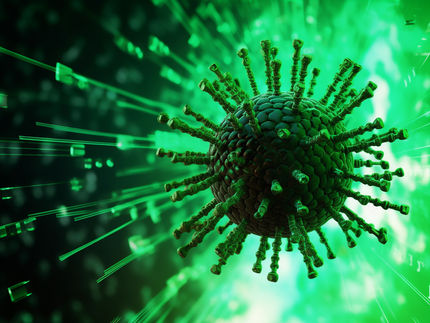H1N1 discovery paves way for universal flu vaccine: UBC research
Advertisement
University of British Columbia researchers have found a potential way to develop universal flu vaccines and eliminate the need for seasonal flu vaccinations. Led by Prof. John Schrader, Canada Research Chair in Immunology and director of UBC's Biomedical Research Centre, the research team found that the 2009 H1N1 "swine flu" vaccine triggers antibodies that protect against many influenza viruses, including the lethal avian H5N1 "bird flu" strain. Details are published in the journal Frontiers in Immunology.
"The flu virus has a protein called hemagglutinin, or HA for short. This protein is like a flower with a head and a stem," says Schrader, a professor in Medicine and Pathology and Laboratory Medicine. "The flu virus binds to human cells via the head of the HA, much like a socket and plug.
"Current flu vaccines target the head of the HA to prevent infections, but because the flu virus mutates very quickly, this part of the HA changes rapidly, hence the need for different vaccines every flu season."
Vaccines contain bits of weak or dead germs that prompt the human immune system to produce antibodies that circulate in the blood to kill those specific germs. However, the research team found that the 2009 pandemic H1N1 vaccine induced broadly protective antibodies capable of fighting different variants of the flu virus.
"This is because, rather than attacking the variable head of the HA, the antibodies attacked the stem of the HA, neutralizing the flu virus," says Schrader. "The stem plays such an integral role in penetrating the cell that it cannot change between different variants of the flu virus."
The new discovery could pave the way to developing universal flu vaccines.























































